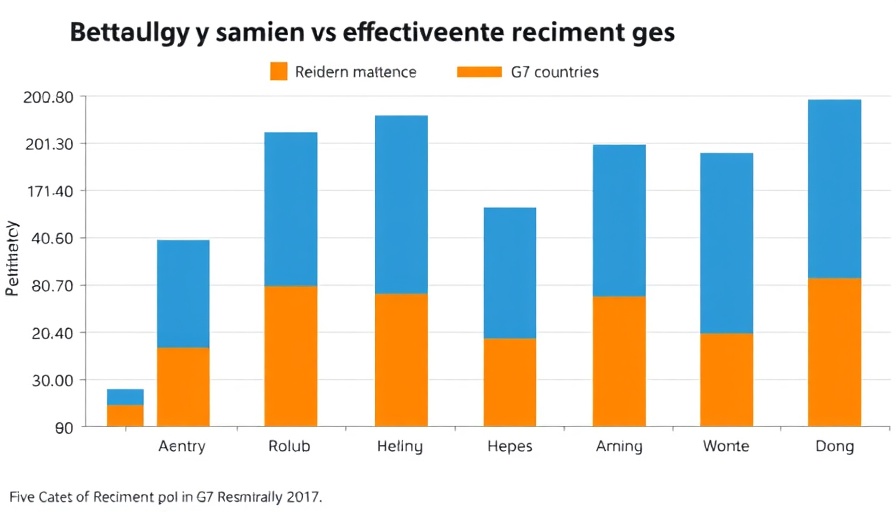
AI's Playful Surface Masks Serious Implications for HR
Noelle Russell, the chief AI officer at the AI Leadership Institute, illuminated a pivotal perspective at the recent Workhuman conference: treating AI like a baby tiger presents both opportunity and risk. Her analogy underscores the dual nature of artificial intelligence as a tool that can enhance workforce performance while simultaneously posing unforeseen challenges if not approached with caution.
Embracing Experimentation: The Key to Unlocking AI's Potential
During a keynote address, organizational psychologist Adam Grant highlighted a crucial theme for HR leaders — the necessity of experimentation. While today's businesses rush to harness AI, they often face ambiguity surrounding its integration into existing systems. Grant advised HR professionals to provide a variety of AI tools for employees, encouraging them to explore and innovate. This hands-on trial-and-error approach can lead to breakthrough solutions that improve employee engagement and enhance high-performance culture.
Real-World Application: An Inspiring AI Success Story
An illustrative case of successful AI integration was shared by KeyAnna Schmiedl, who recounted a compelling story about a hackathon that led to the creation of an AI tool. This tool effectively assists call center employees by providing immediate access to customer data as soon as a caller is identified. Such technological support empowers employees to focus on delivering empathetic and effective service, fulfilling the critical human element in customer interactions.
Preparing for the Unknown: Making Informed Decisions
The conversation around AI in the workplace raises questions about how organizations can strategically navigate its transformational trajectory. As HR professionals, understanding AI's role demands a focus on the impacts it can have on talent management and employee performance. By fostering a people-first leadership approach, organizations can ensure sustainable growth through effective succession planning and enhanced employee retention strategies.
Conclusion: Taking the Next Steps in AI Integration
As AI continues to evolve, HR leaders must position themselves to embrace both its advantages and risks. Treat AI like a baby tiger: approach it with caution and respect, yet remain open to the wonders and improvements it can bring. By fostering a culture of innovation and collaboration, they can harness AI's true potential, ultimately driving workforce optimization and securing a bright future.
 Add Row
Add Row  Add
Add 




Write A Comment